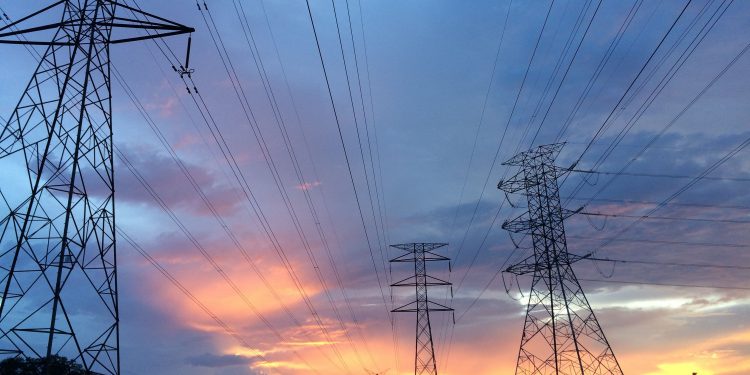New Delhi: Power consumption in India witnessed an 8.2 per cent year-on-year growth in May at 110.47 billion units (BU). The power consumption indicated slow recovery in commercial and industrial demand of electricity, according to Power Ministry data.
The slower pace of recovery in industrial demand of electricity in May can be attributed to local lockdown restrictions imposed by states to curb the spread of coronavirus amid the second wave of the pandemic, experts said.
Moreover, the two cyclones that hit the east and west coast of India May resulted in power outages and lesser consumption due to rains in different areas during peak summer season, they informed. They are hopeful that the commercial and industrial power consumption as well as demand would rise in coming days with many states easing local lockdown restrictions imposed to curb the second wave of coronavirus.
The power consumption in the entire month of May last year was 102.08 BU due to the impact of the lockdown imposed to curb Covid-19 and had witnessed a year-on-year fall of nearly 15 per cent. Power consumption was 120.02 BU in May, 2019.
Therefore, power consumption in May this year has not recovered as fast as it should have been, in view of lower base in 2020.
Last year, the government had imposed a lockdown March 25, 2020 to contain the spread of coronavirus. The lockdown was eased later in a phased manner, but had hit the economic and commercial activities and resulted in lower commercial and industrial demand for electricity in India.
Power consumption in April, 2021, saw year-on-year growth of nearly 40 per cent to 118.08 BU.
Power consumption in April, 2020, had dropped to 84.55 BU from 110.11 BU over the same month in 2019, mainly due to fewer economic activities following the imposition of lockdown by the government in the last week of March, 2020, to contain the spread of deadly COVID-19.
Similarly, peak power demand met or the highest power supply in a day also slumped to 132.73 GW in April last year from 176.81 GW in the same month in 2019, showing the impact of lockdown on economic activities.






































